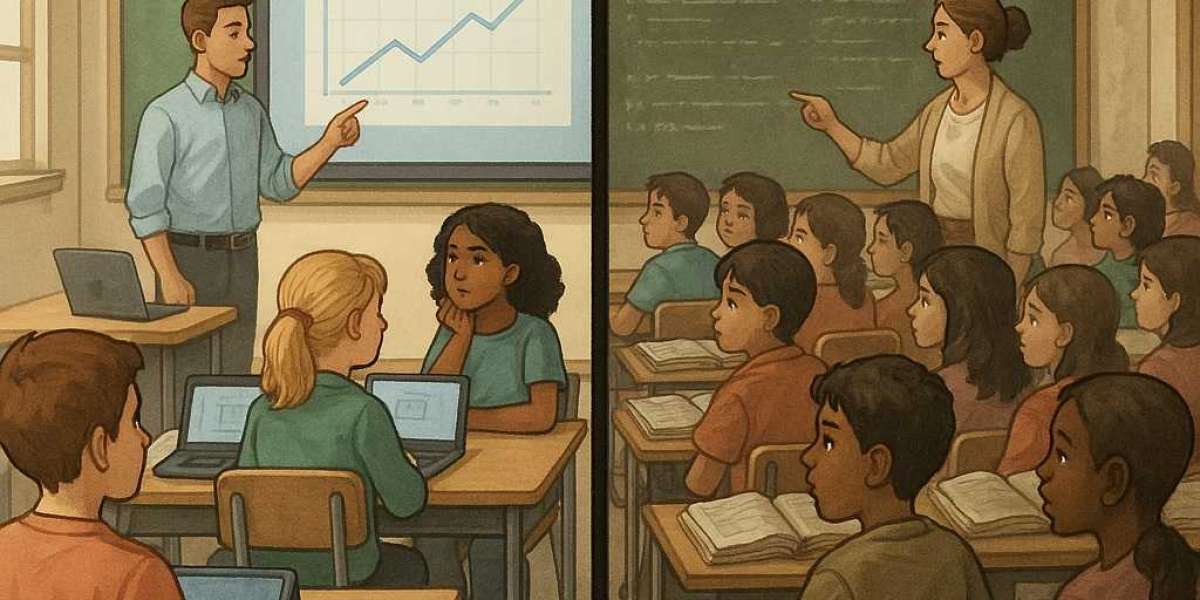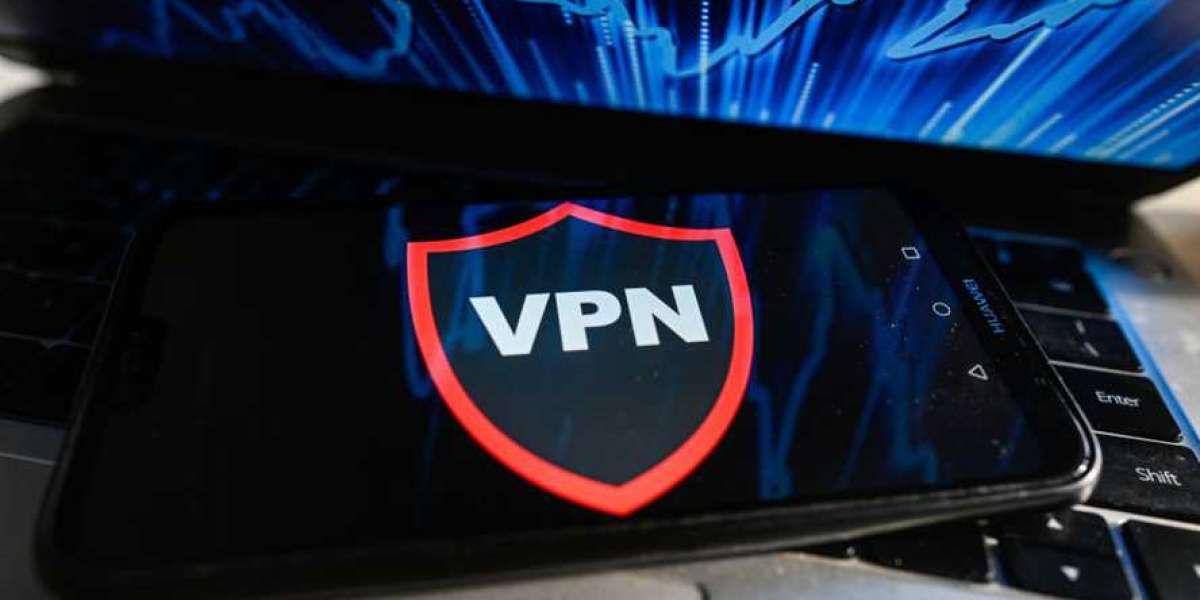The American education system has long been shaped by tensions over how schools are funded. Central to this issue is the divide between public and private education. Should taxpayer dollars remain within public schools, or should families have the option to direct public funds toward private schooling? This debate carries major implications for equity, fairness, and the future of learning opportunities for millions of students.
For readers who want to explore this question in more depth, this School Funding Debate: Public vs Private Education in the U.S. article provides further insights into the challenges of balancing public accountability with private choice.
How Public Schools Are Funded
Public schools are primarily financed through state and local taxes, with property taxes playing a central role. This system creates wide disparities across communities. Wealthier districts often enjoy advanced facilities, experienced teachers, and extensive extracurricular programs, while schools in lower-income areas may lack resources for even basic educational needs.
Although the federal government provides supplemental funding especially for special education and students from low-income backgrounds these contributions make up only a small fraction of total school budgets. The reliance on property taxes means that a child’s educational opportunities often depend more on where they live than on their potential.
How Private Schools Operate Financially
Private schools are funded primarily through tuition payments, along with donations and endowments. Many of these schools emphasize smaller class sizes, specialized curriculums, or religious instruction. Families who choose private education often seek a more customized approach that aligns with their values or their child’s learning style.
However, tuition costs can be prohibitively high. This has led to growing interest in policies such as vouchers, tax credits, and scholarship programs that allow families to use public funds to cover private school expenses. These programs lie at the heart of the public versus private school funding debate.
The Case for Strengthening Public Schools
Supporters of public education argue that public schools are essential to democracy and social equity. Because they are obligated to serve every child regardless of income, background, or ability, they provide a universal foundation for society. Public schools are also accountable to taxpayers, with clear standards and regulations guiding curriculum and outcomes.
Critics of expanding private school funding believe that diverting resources undermines the mission of public education. They argue that as funds leave the system, the most vulnerable students those with disabilities, those in poverty, or those needing additional support suffer the most. In their view, protecting and strengthening public schools should remain the top priority.
The Argument for Private School Funding
On the other side, advocates for private school funding highlight the importance of parental choice. They argue that families, not governments, should decide where and how their children are educated, and that funding should follow the student. This principle resonates with families who feel trapped in underperforming public schools.
Supporters also raise questions of fairness. Parents who pay taxes to fund public schools often still must pay tuition for private education. Providing vouchers or tax credits, they argue, helps reduce this financial double burden. For religious families, private schools also offer the ability to align education with faith and values something public schools cannot provide.
Equity Challenges
Despite the appeal of school choice, critics warn that voucher and scholarship programs do not guarantee equity. In many cases, financial assistance does not cover the full cost of tuition, leaving lower-income families unable to access private schools. This creates a system where wealthier families benefit most from taxpayer-supported programs.
Another concern is that shifting funds away from public schools can worsen segregation. Public schools left with fewer resources may struggle to serve the highest-need students, while private schools admit those who already have advantages. The result could be an even deeper divide between communities.
The Role of Charter Schools
Charter schools occupy a unique place in the debate. They are publicly funded but operate with greater independence than traditional public schools. Supporters see them as a compromise—combining public accountability with innovation. Critics, however, view charters as another way resources are diverted from traditional public schools, with mixed results depending on how well they are managed.
Charter schools highlight the complexity of the funding debate. They show that alternative models can succeed in some cases but also expose the risks of weakening the traditional public system without adequate oversight.
What Lies Ahead for School Funding
The future of school funding in the U.S. will likely involve continued tension between equity and choice. States are experimenting with different models, from expanding voucher programs to increasing investments in public schools. Some are also setting stricter accountability rules for private schools that receive taxpayer support.
The outcome of these policy battles will shape the structure of American education for decades. Whether the system moves toward greater privatization or recommits to strengthening public schools, the stakes remain high for students, families, and communities across the country.
Conclusion: A Debate About More Than Money
The public vs private schools funding debate in the U.S. is about far more than budgets. It is about values, fairness, and the future direction of the nation’s education system. Public schools remain the cornerstone of equal opportunity, while private schools offer families freedom and diversity of options.
Striking a balance between these competing priorities will not be easy. But it is essential if the U.S. hopes to create an education system that serves all students while respecting the rights of families to choose.














